A 2018 study published in the journal Science found that 13 million metric tons of methane escape from U.S. oil and gas operations each year, nearly 60 percent more than currently estimated by the Environmental Protection Agency. What is John Crane doing to help reduce methane emissions? Read more to learn about the three ways we are working to combat this problem.
Retrofittable Dry Gas Seal Technology
We recently launched a gas seal technology designed to be retrofitted into centrifugal compressors with oil seals to significantly lower operating costs, improve reliability and reduce methane emissions by up to 95 percent.
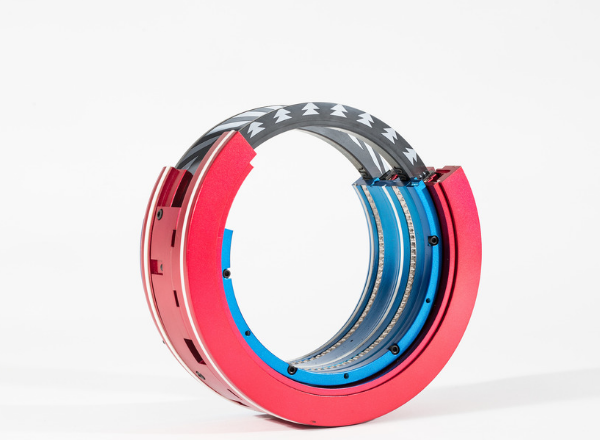 The Aura™ 120 Narrow Section gas seal enables our latest gas seal technology to be fitted into a larger percentage of older equipment, bringing with it the benefits of non-contacting design. Gas seal technology eliminates the need for oil lubrication associated with contacting seals and the resulting need to address harmful emissions entrapped in the oil. In the natural gas sector, centrifugal compressors equipped with oil seal technology are generally acknowledged as the leading source of methane emissions offshore and the fourth most significant onshore.
The Aura™ 120 Narrow Section gas seal enables our latest gas seal technology to be fitted into a larger percentage of older equipment, bringing with it the benefits of non-contacting design. Gas seal technology eliminates the need for oil lubrication associated with contacting seals and the resulting need to address harmful emissions entrapped in the oil. In the natural gas sector, centrifugal compressors equipped with oil seal technology are generally acknowledged as the leading source of methane emissions offshore and the fourth most significant onshore.
As the market leader, we are perfectly placed to showcase this technology and demonstrate the cost effectiveness of this solution when retrospectively applied to existing equipment. With gas seal technology now widely recognized and adopted in almost all new projects worldwide, the Aura 120 Narrow Section gas seal has the potential to simultaneously meet the needs of industries, governments and other stakeholders.
Gas seal technology became widely available in the 1980s and is now recognized as the current industry standard for all new equipment, providing a cost effective, reliable, low emission shaft seal solution for centrifugal compressors and other rotating equipment.
Lifecycle Cost Calculator
Our expertise in this area has recently led to the development of a lifecycle cost calculator (LCC) that provides a full analysis of the economic case for retrofit from oil seals to gas seals compared to the next best alternatives. Gas seal technology is proven to reduce the level of damaging methane emissions that are vented or flared into the atmosphere. Our LCC takes operational data from rotating equipment and compares the total lifecycle costs of the oil seal operation―including emissions―with the option of capturing the methane and routing to a flare device, capturing the methane and routing for another purpose, and retrofitting to gas seal technology.
To create the LCC, we identified four typical scenarios where oil seals are still in use and examined the economic benefit. In all scenarios, converting to gas seal technology provides economic payback, particularly when there is no spare compression and the operator owns the natural gas flowing through the compressor.
Thought Leadership
Earlier this year, members of our team were invited by a United Nations (UN) panel to showcase how the firm’s technology is reducing methane emissions in sectors of the natural gas industry. The panel is examining the critical role gas will play in achieving the international organization’s Sustainable Development Goals.
The UN group provides a forum for multi-stakeholder dialogue on sustainable and clean production, distribution and consumption of natural gas in the United Nations Economic Commission for Europe (UNECE) region. It established a taskforce to develop best practice guidance on reducing methane emissions along the gas value chain.

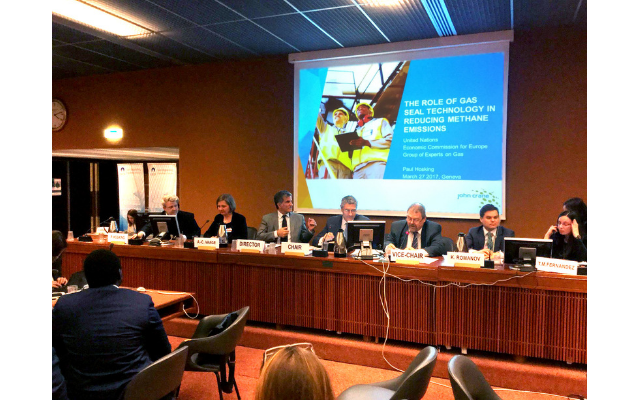
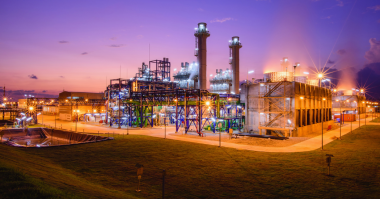
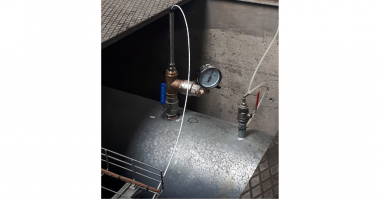
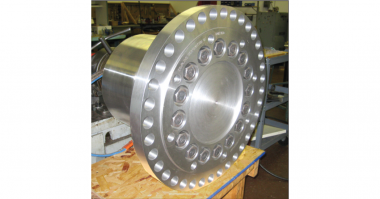
Comments